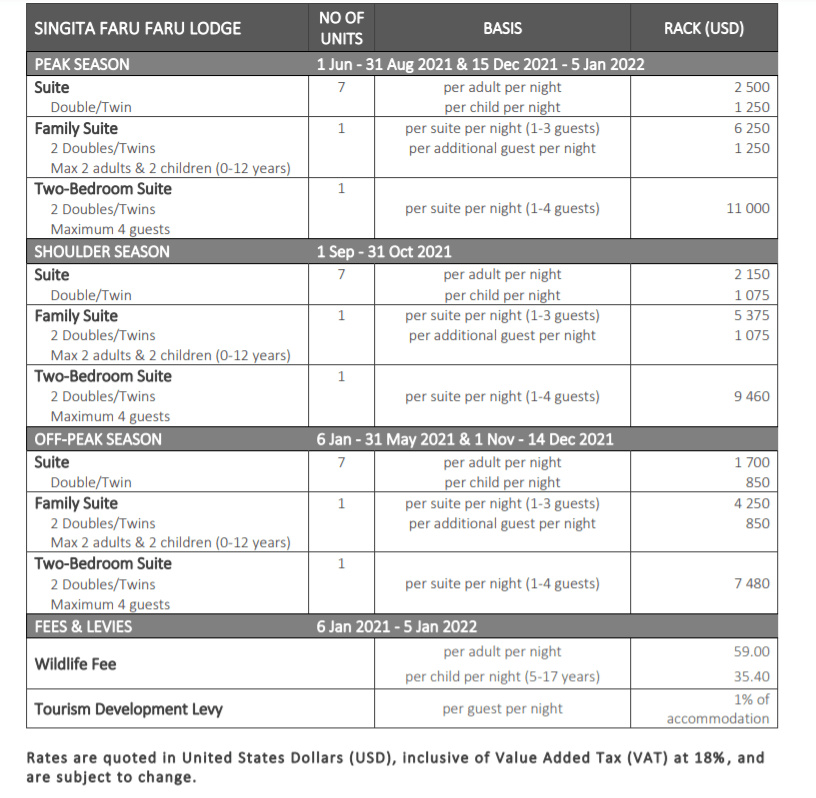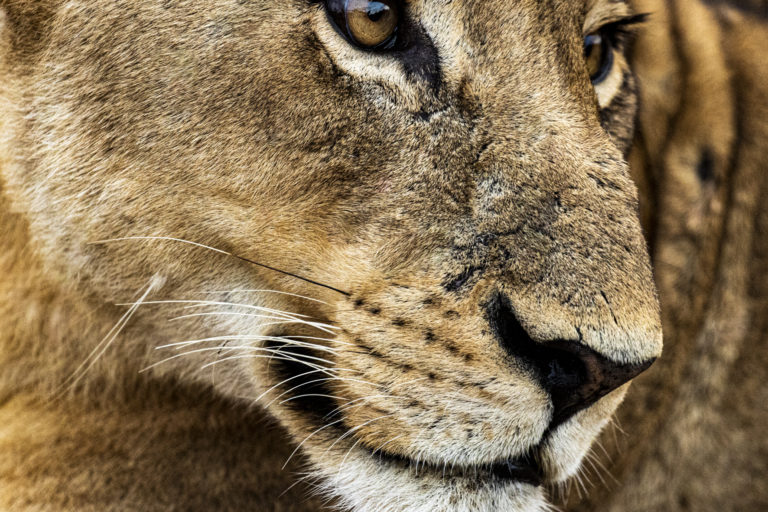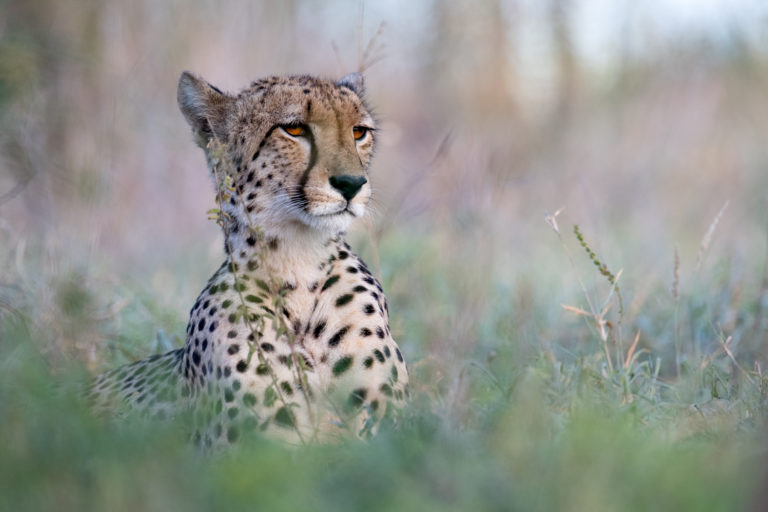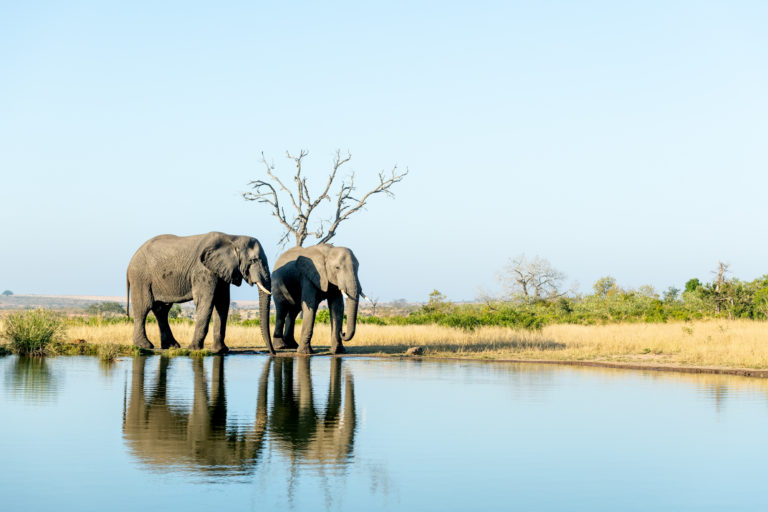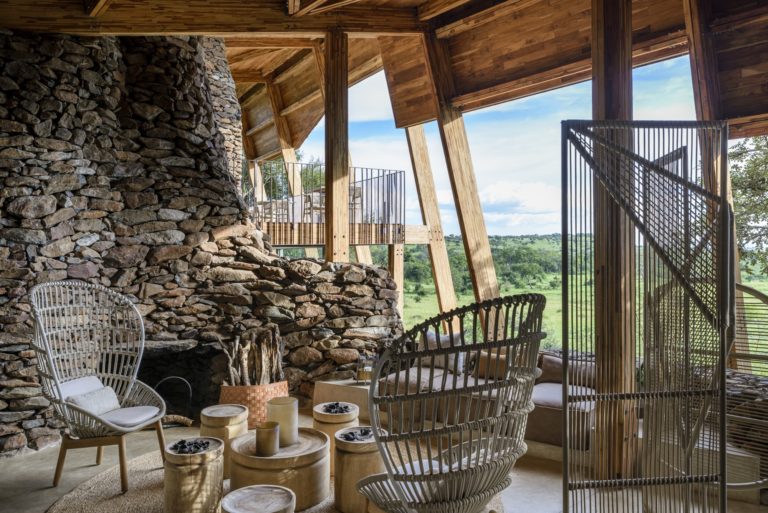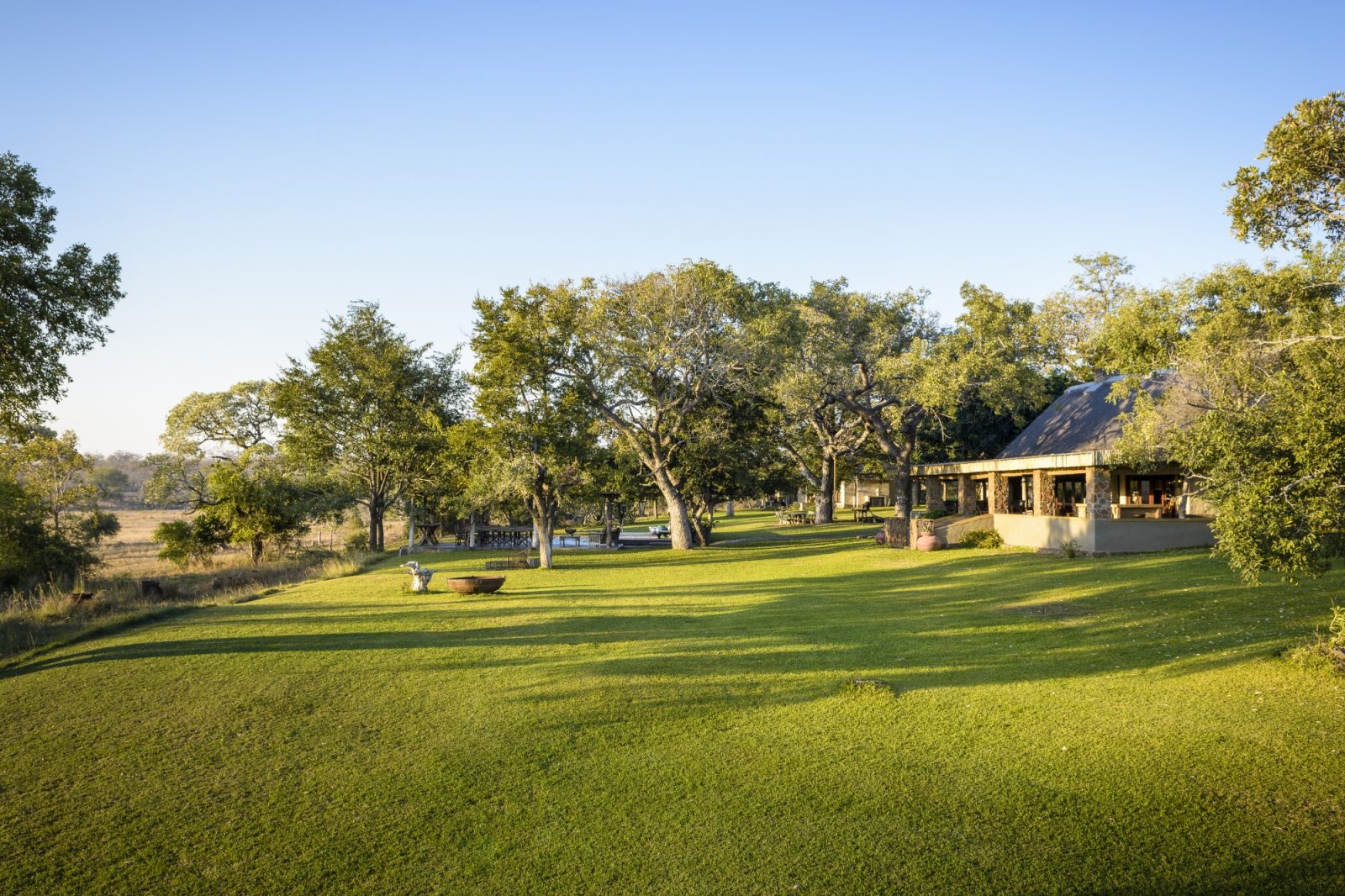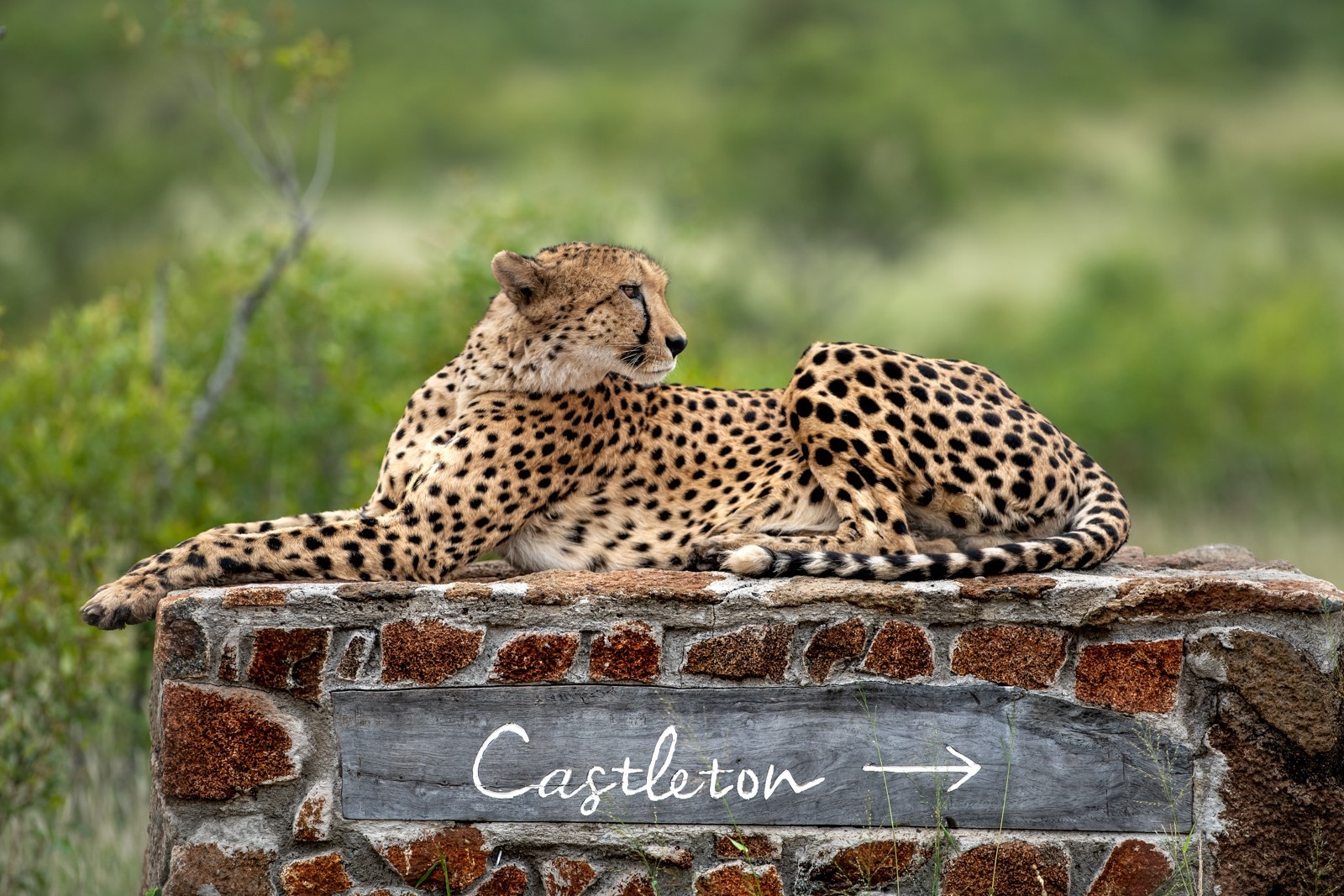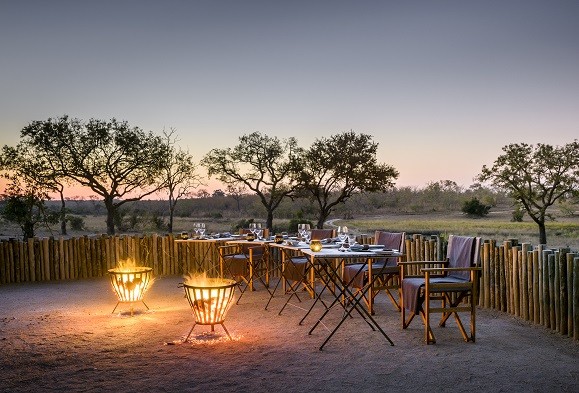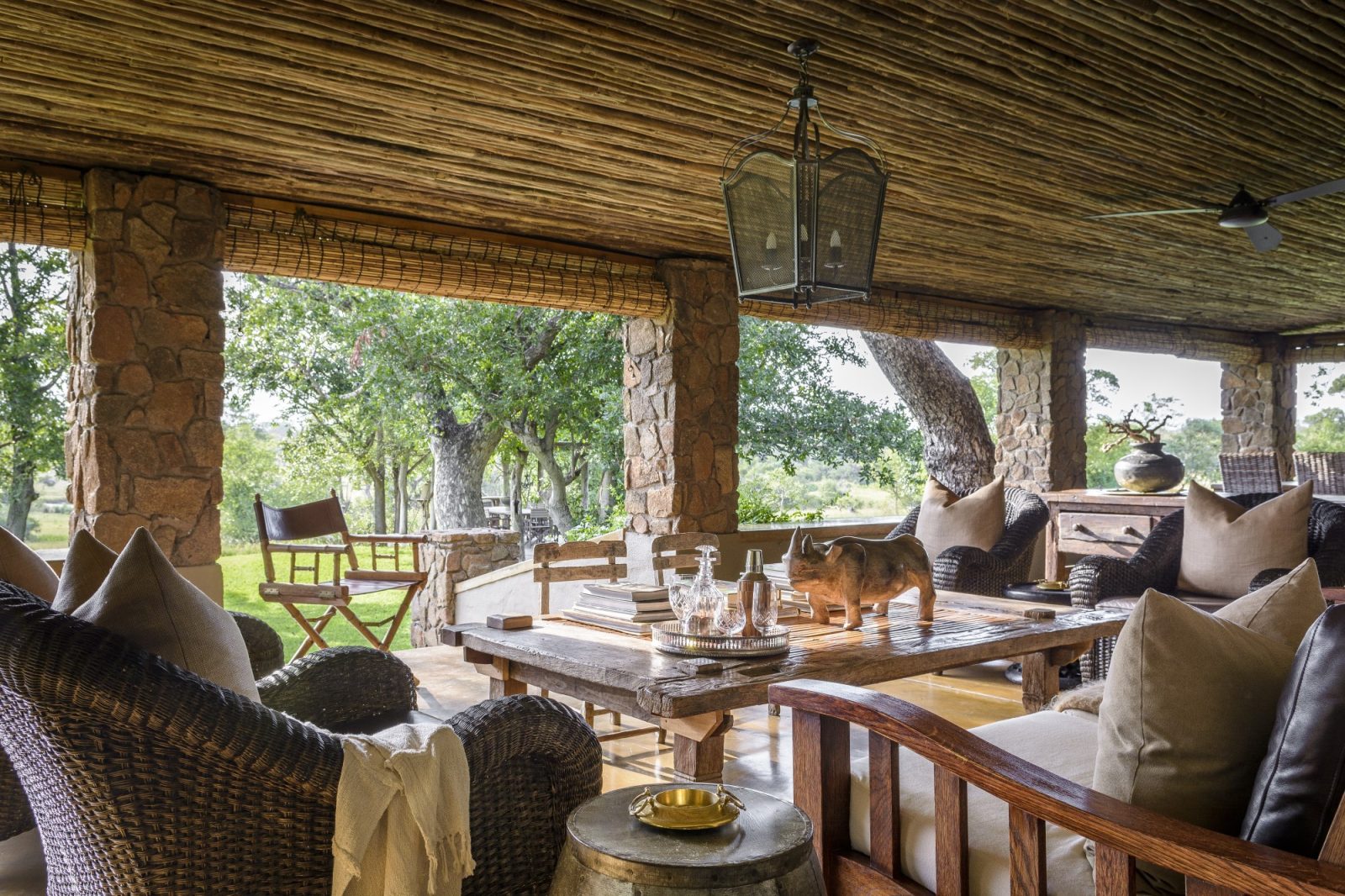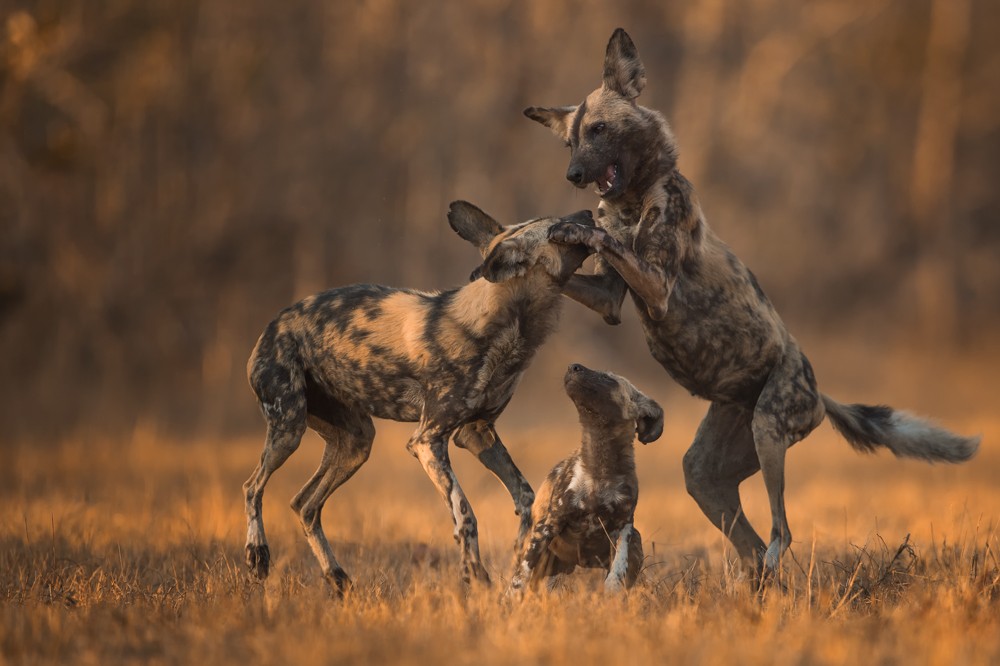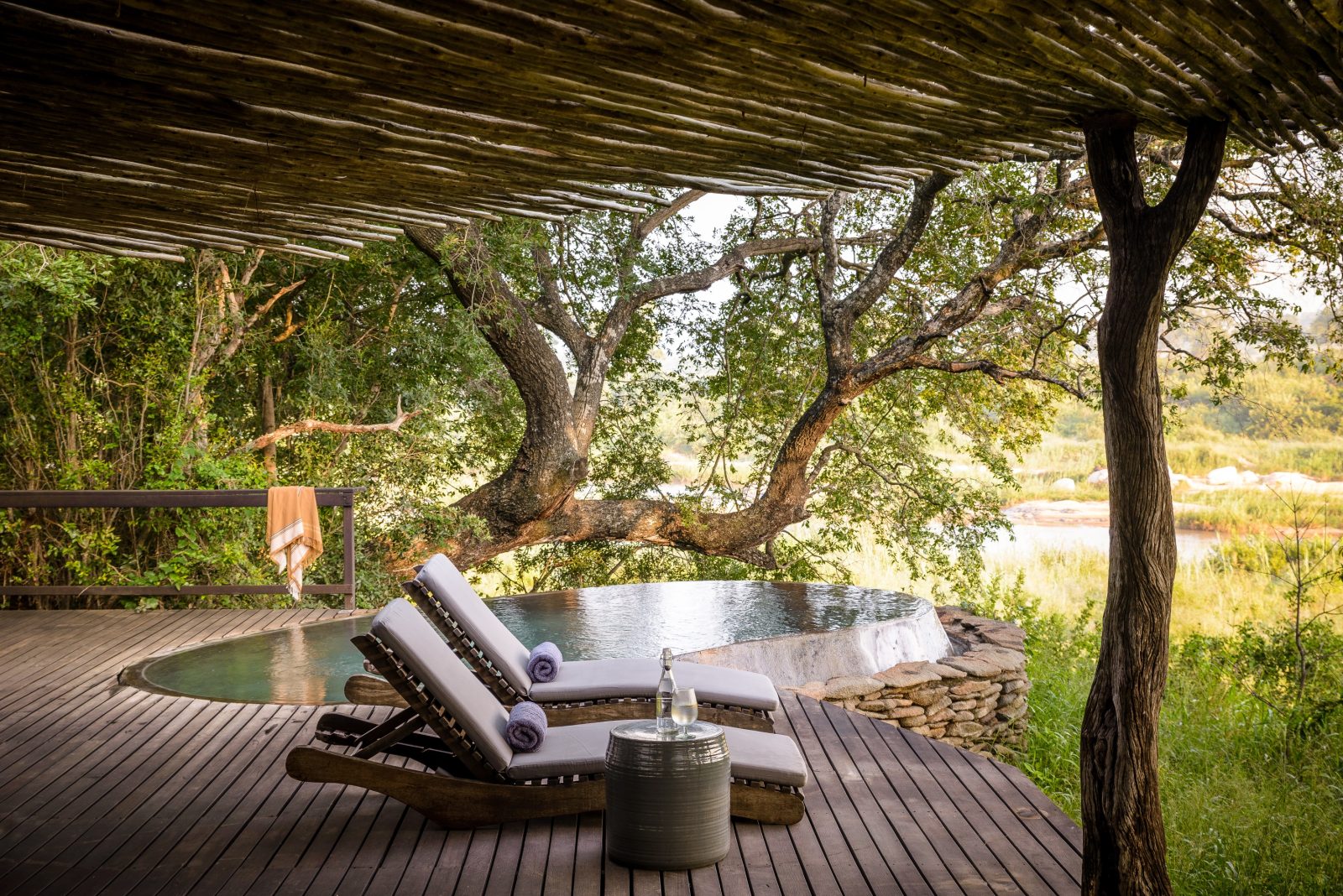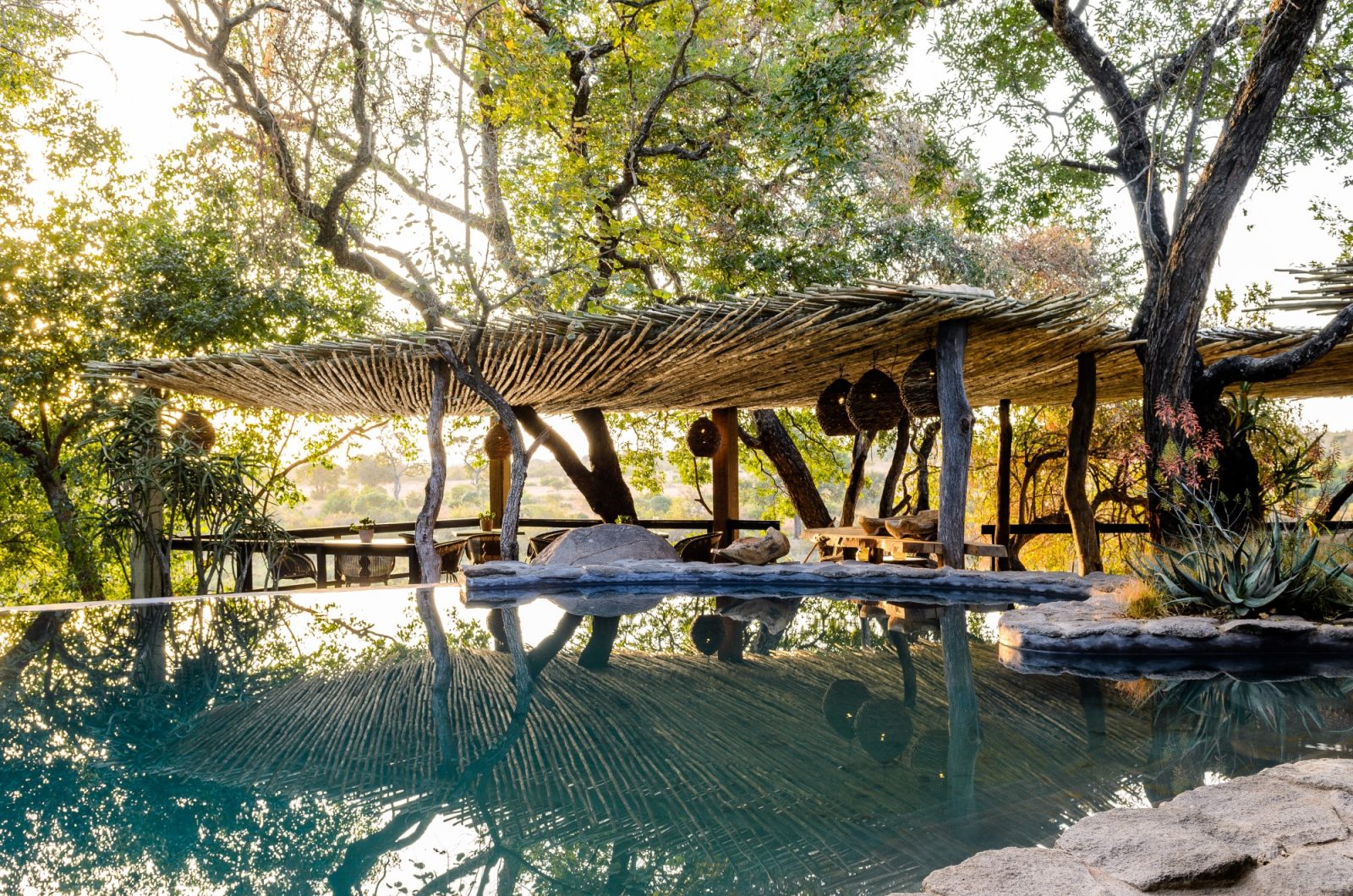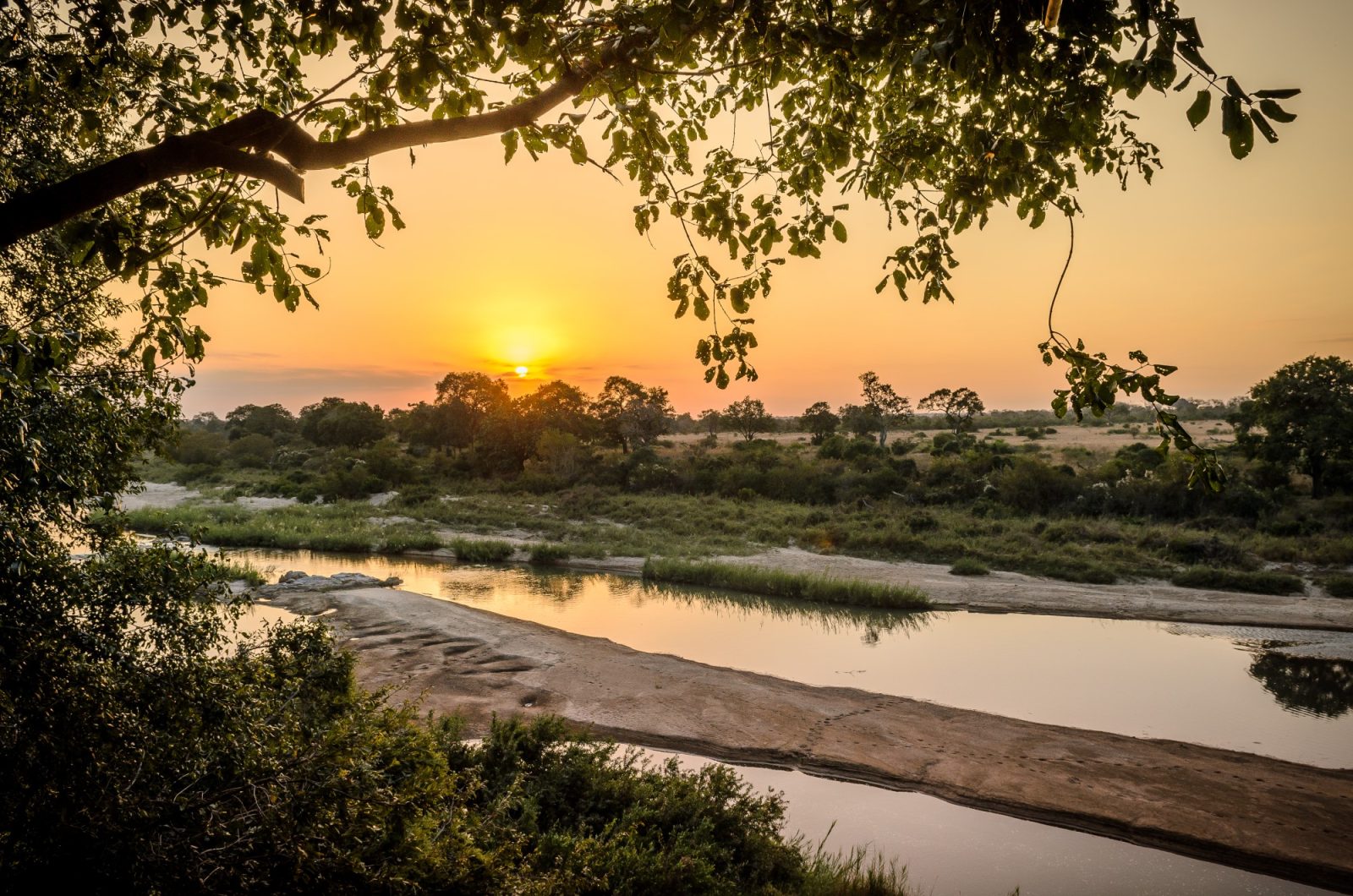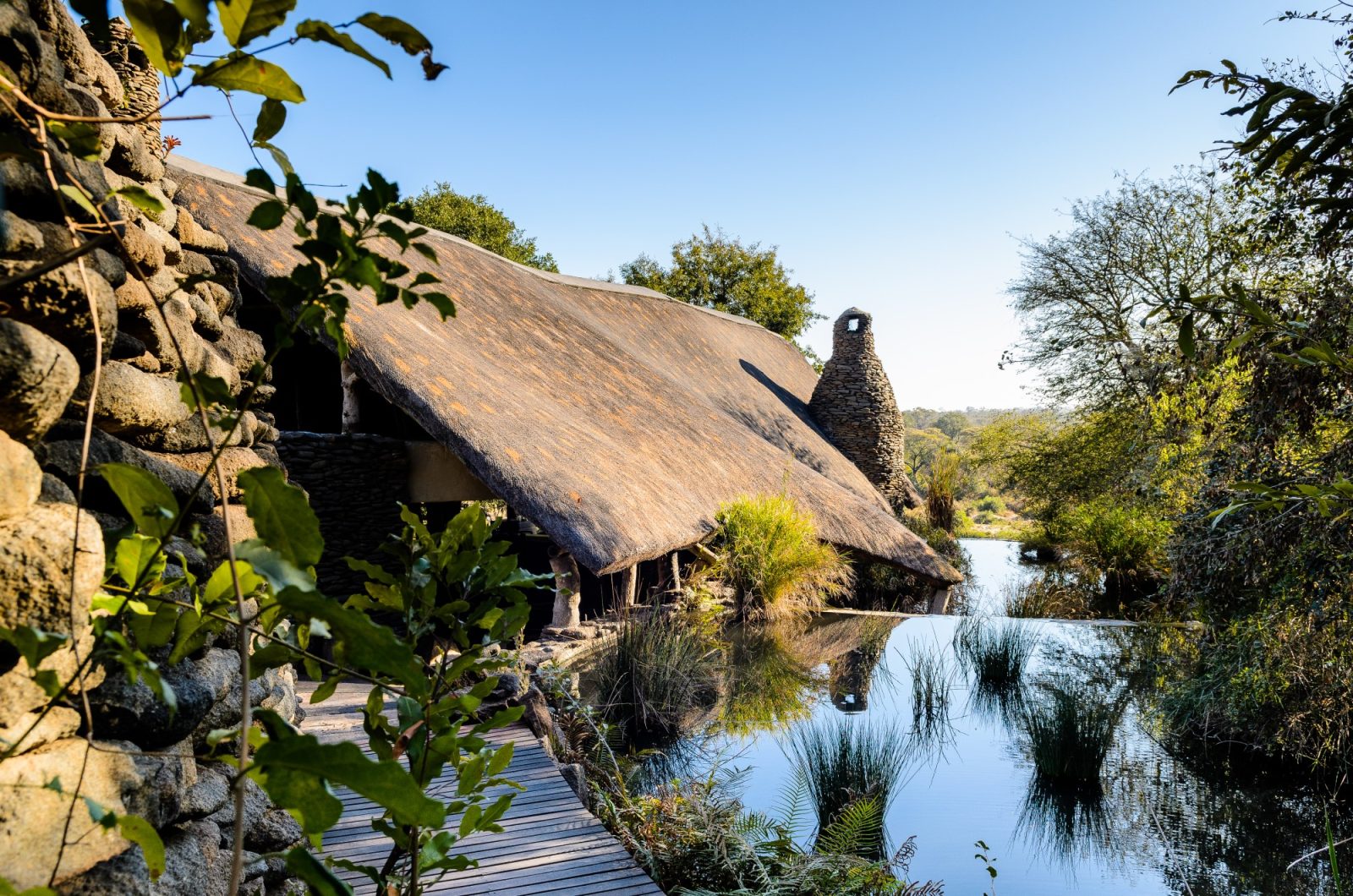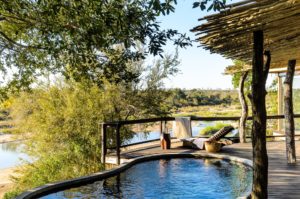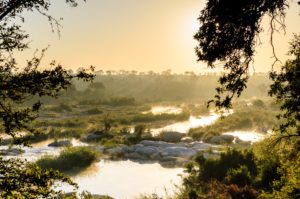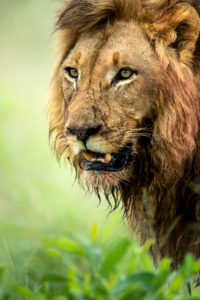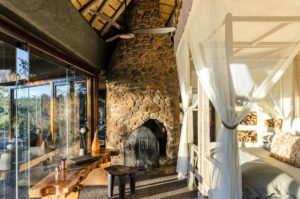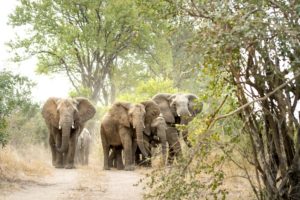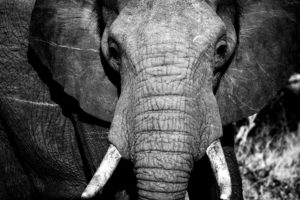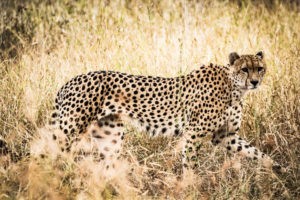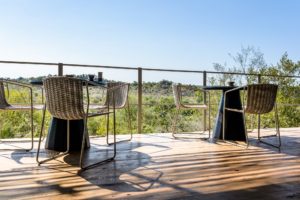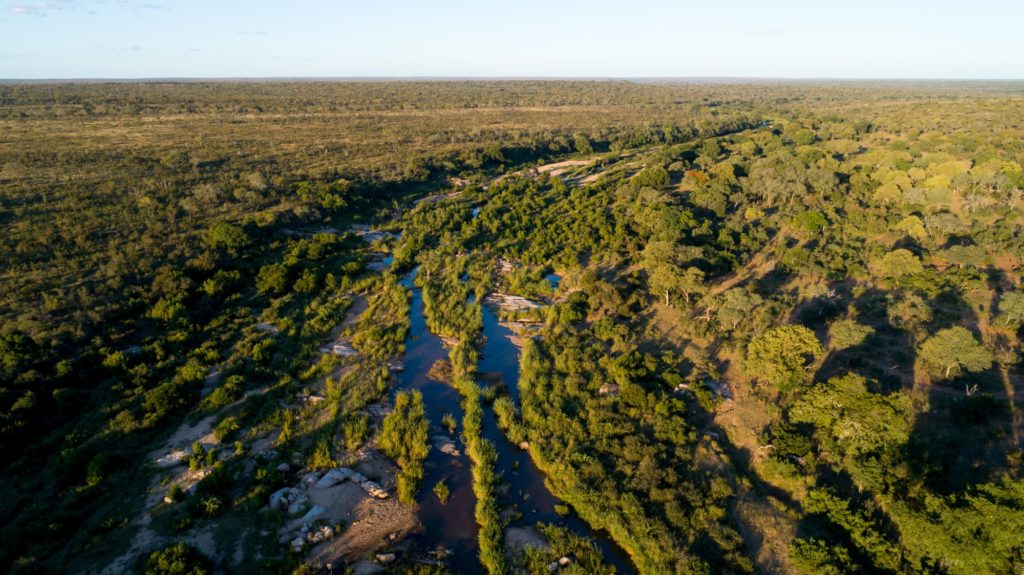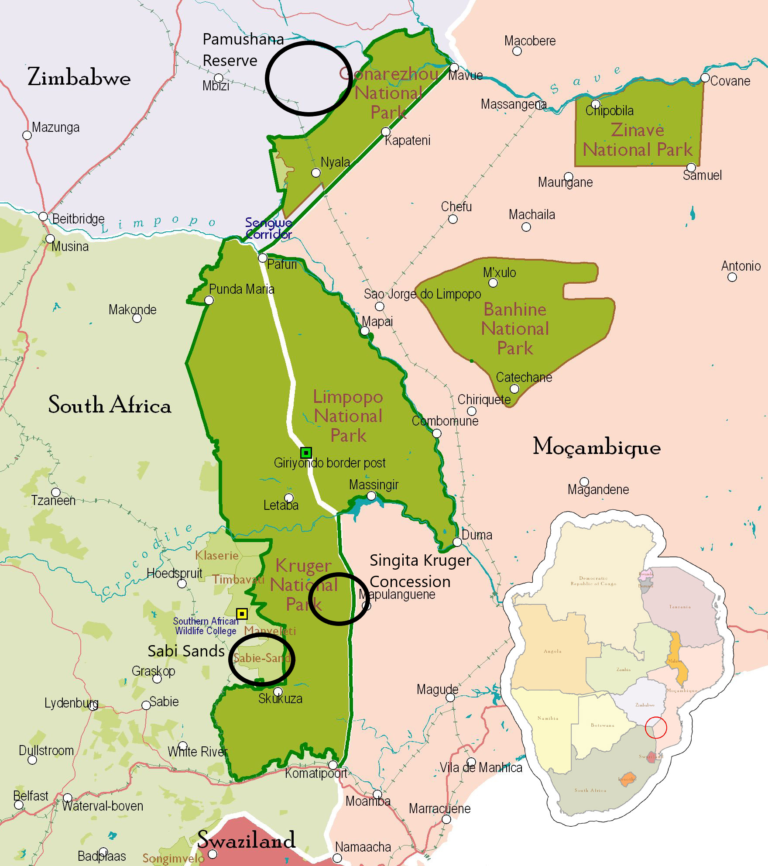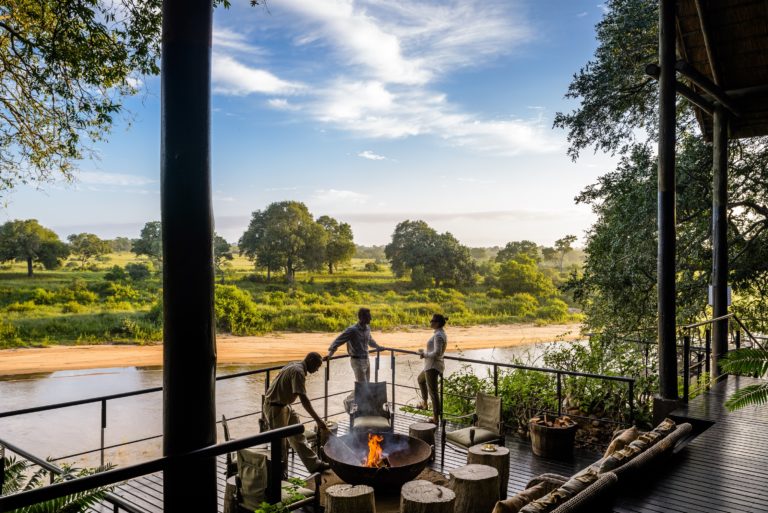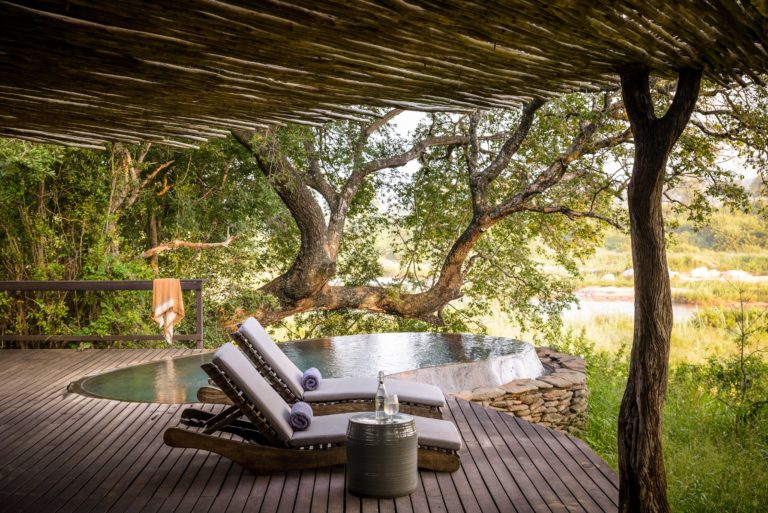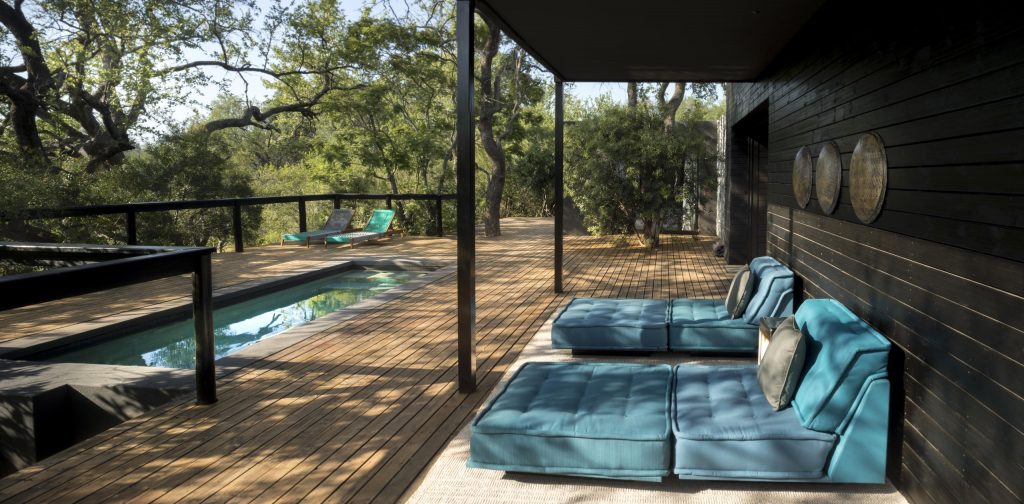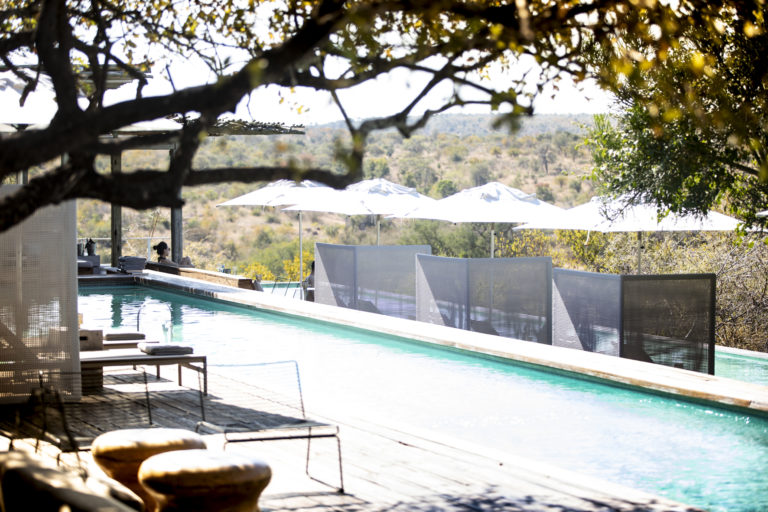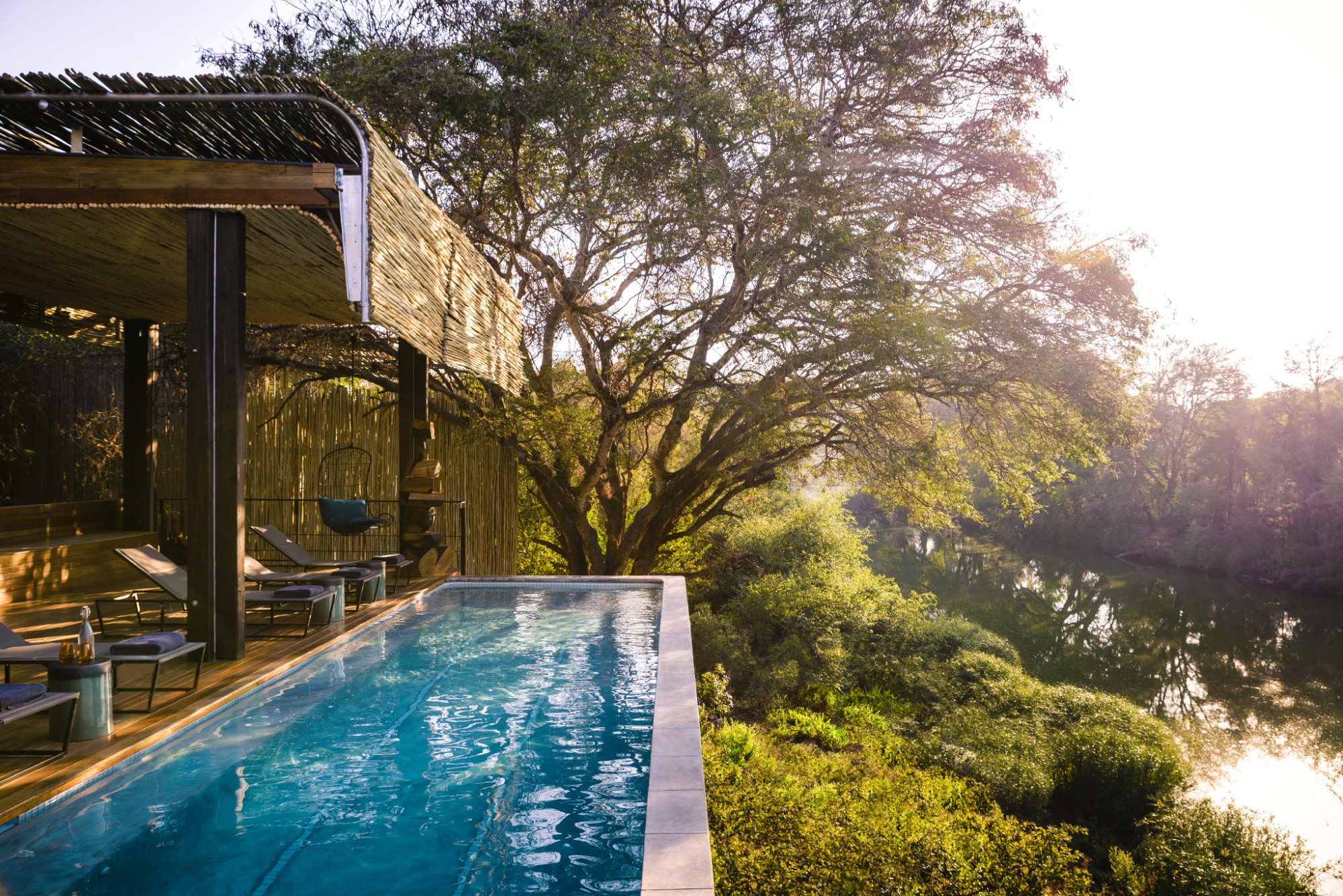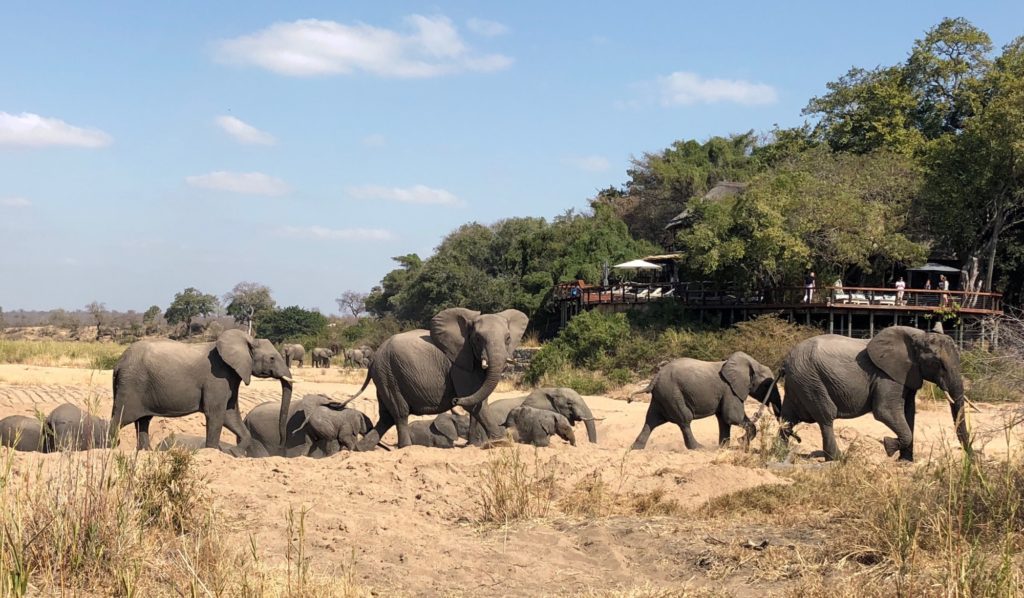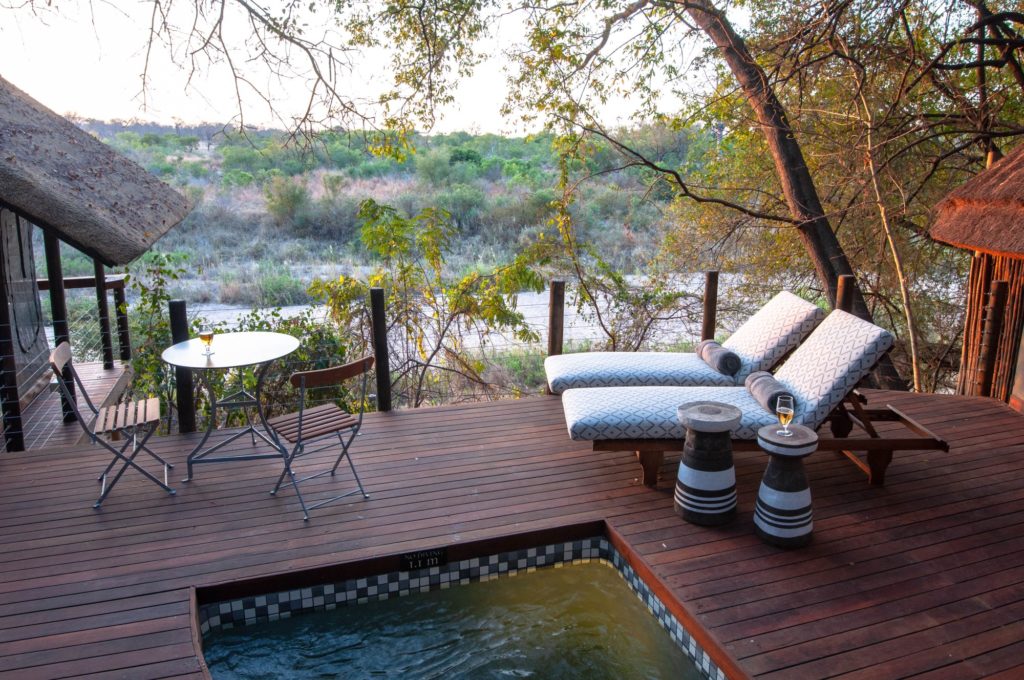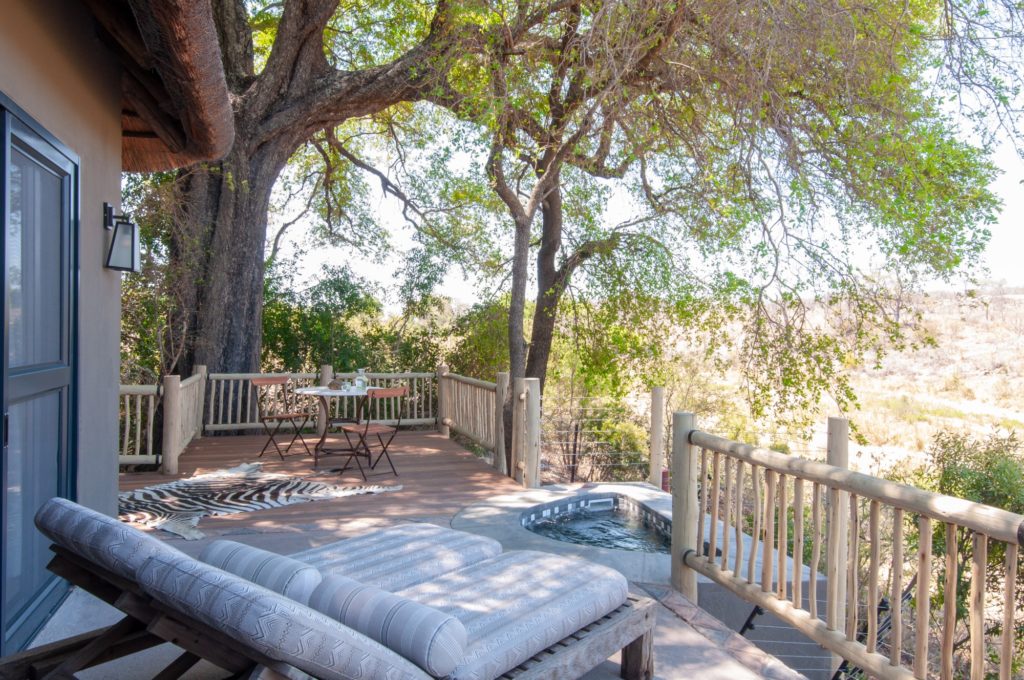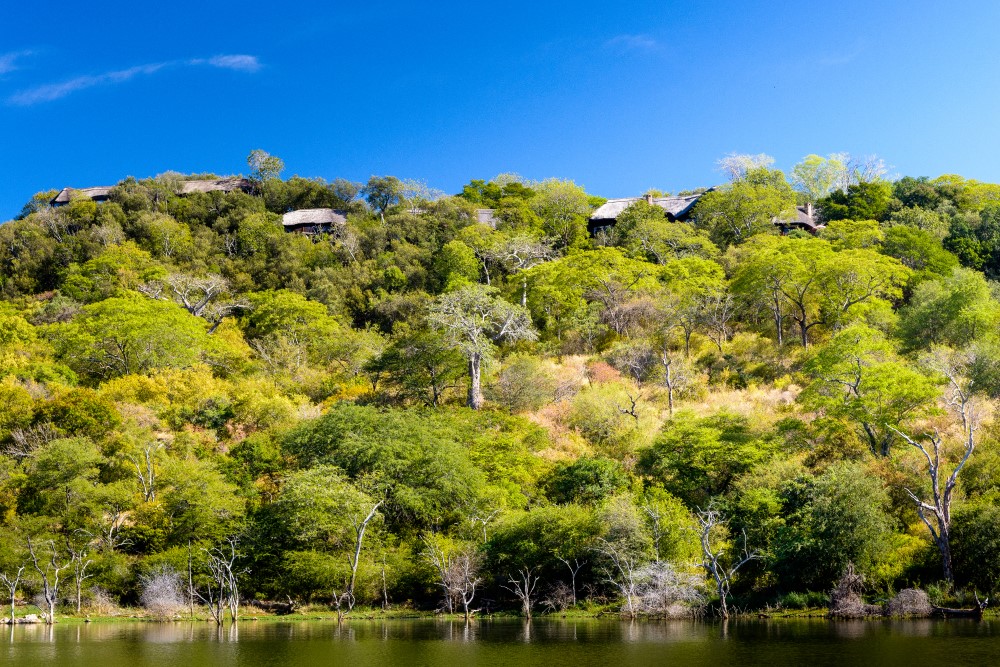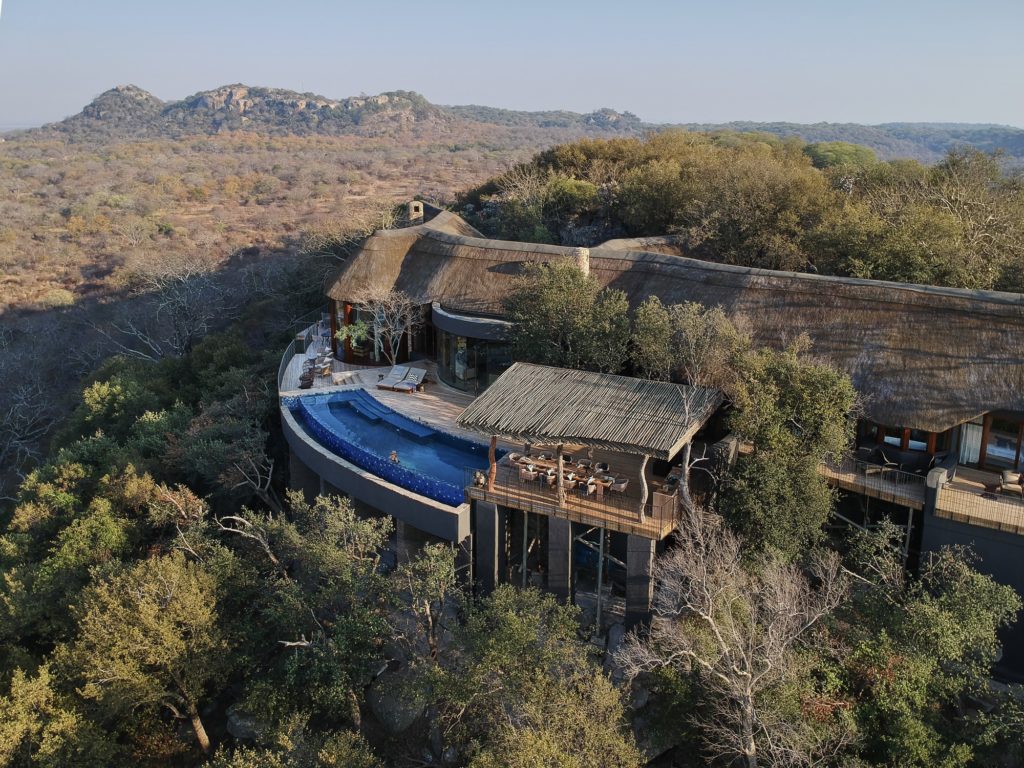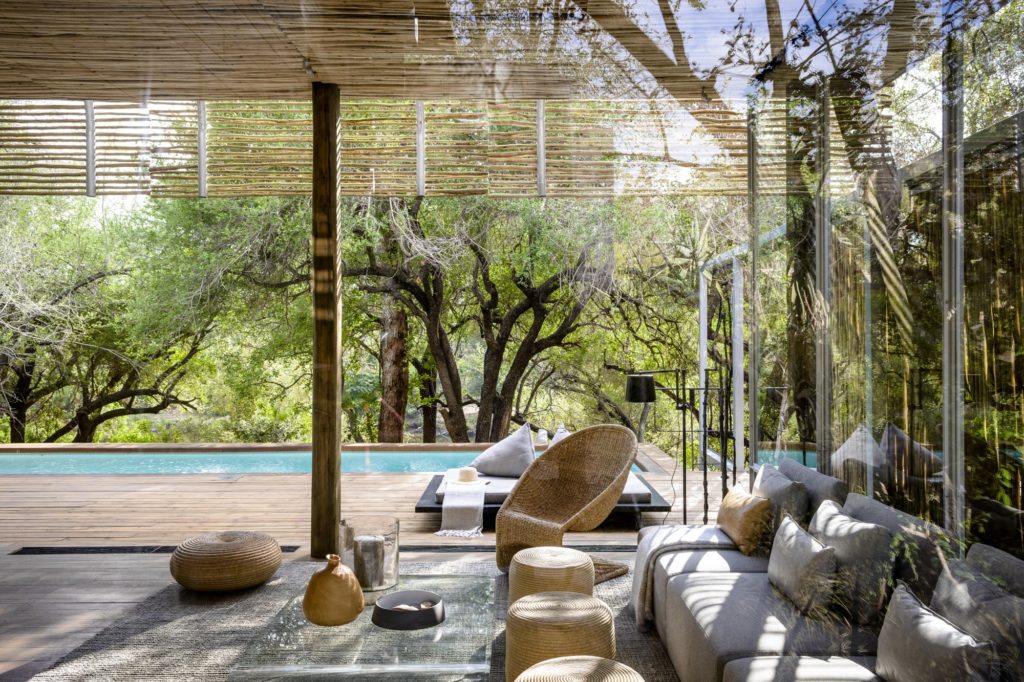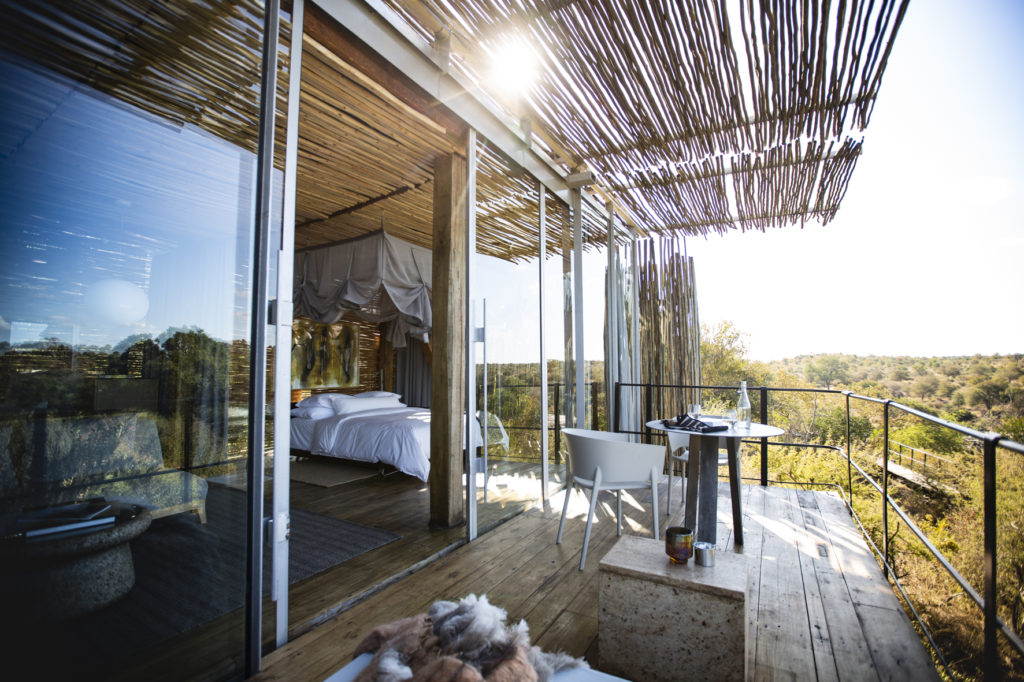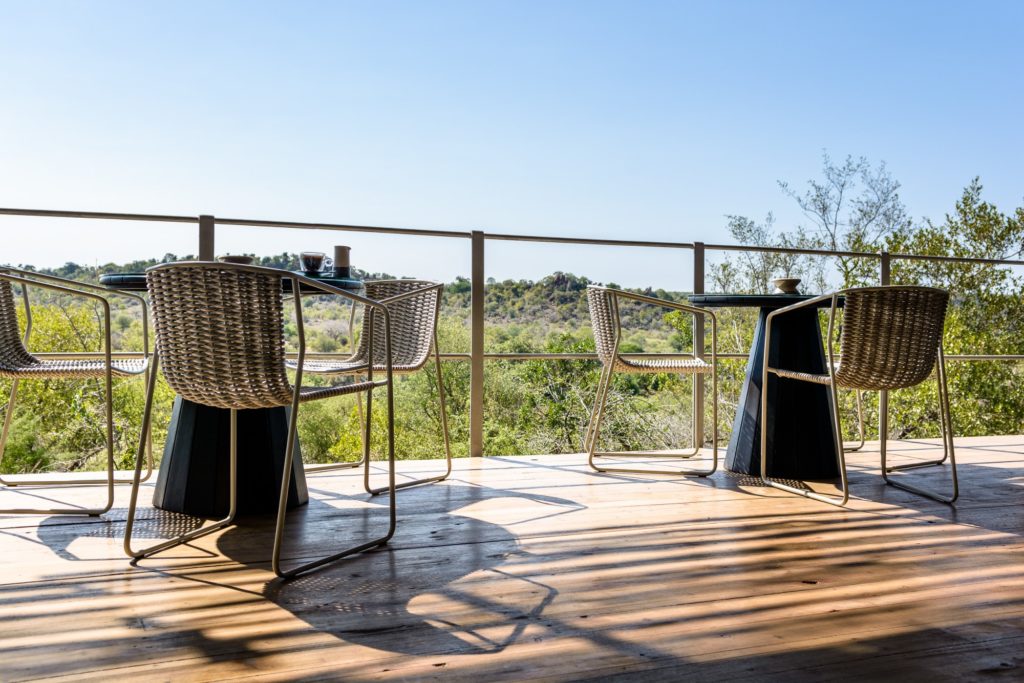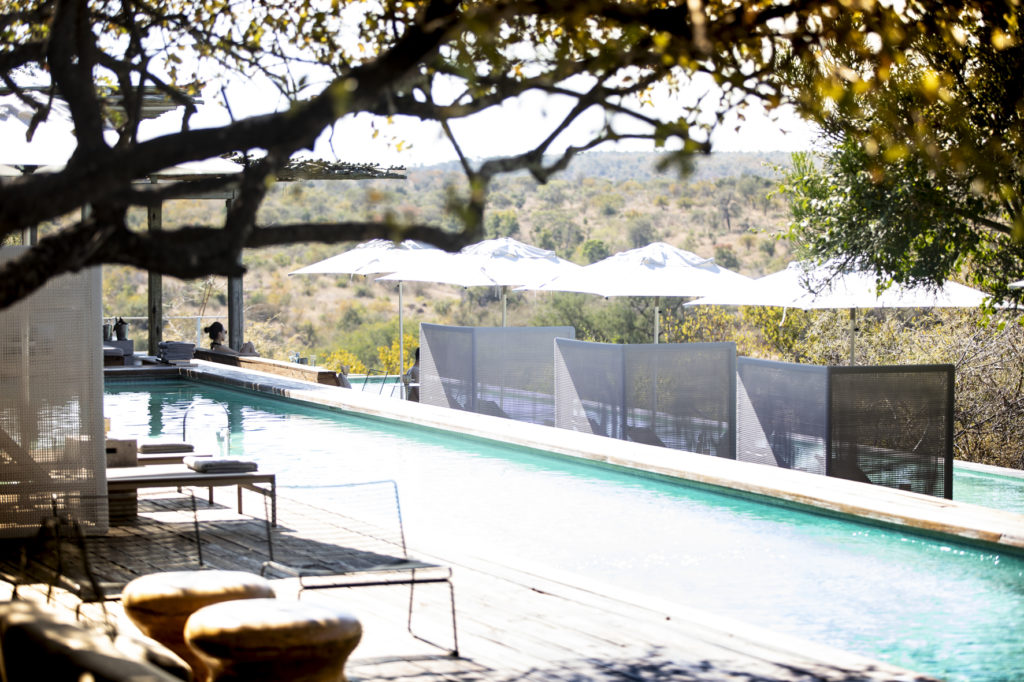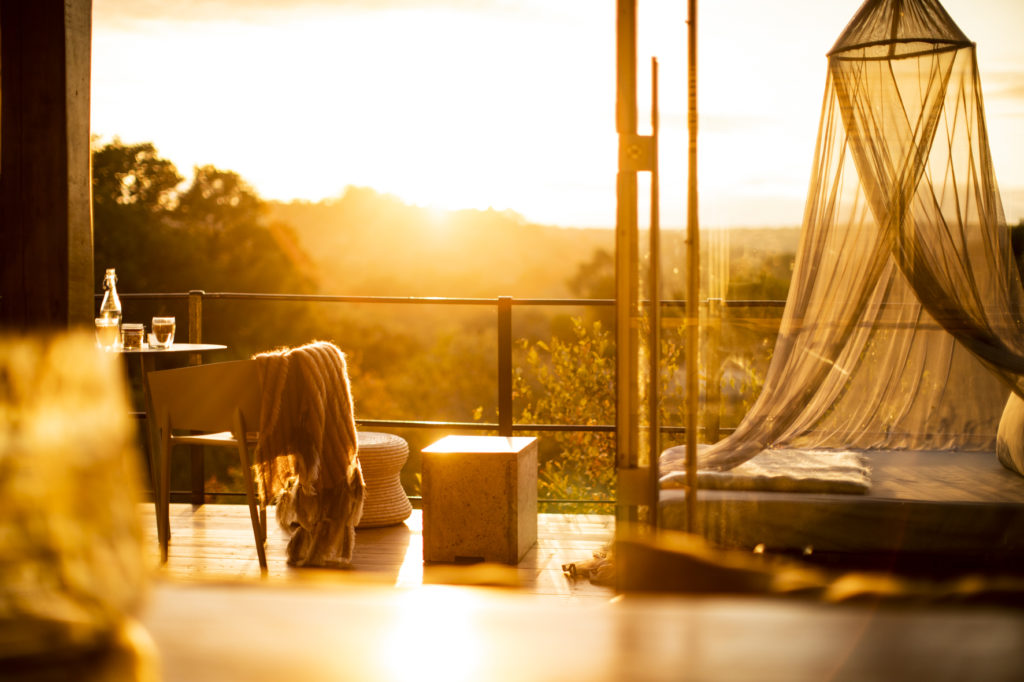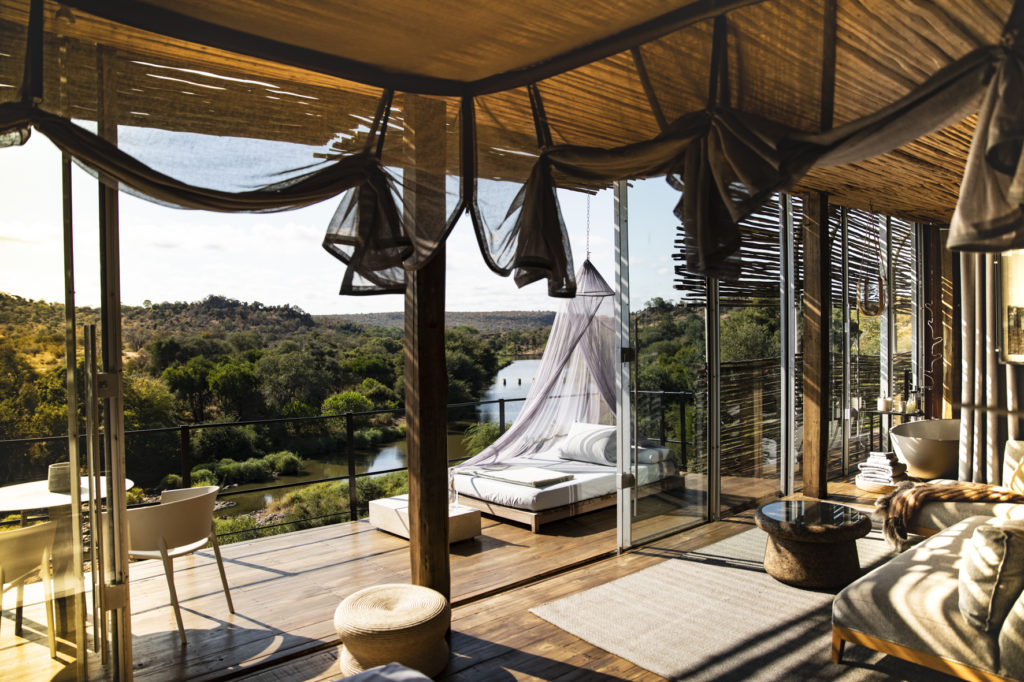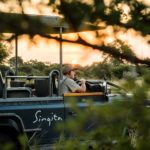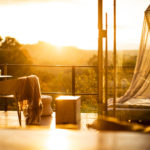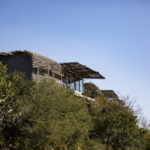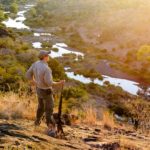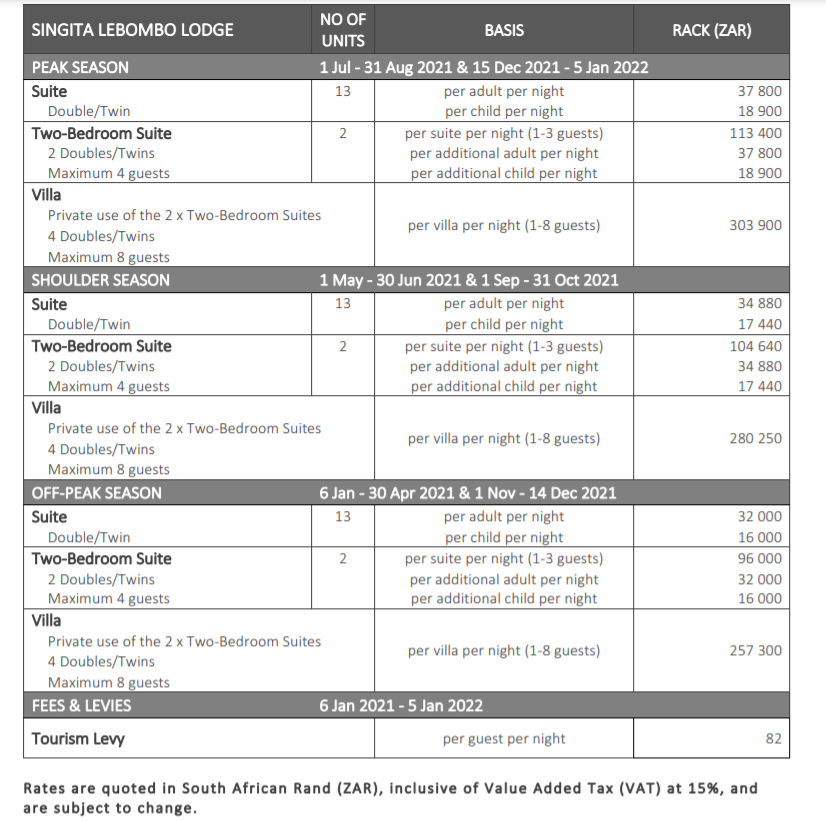Faru Faru Lodge
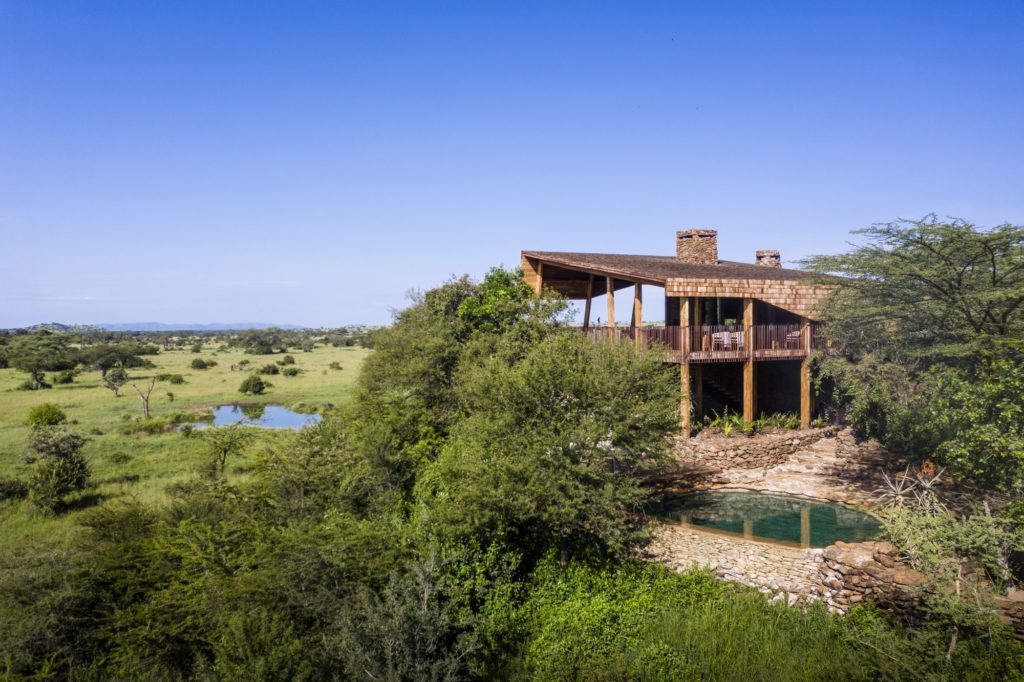
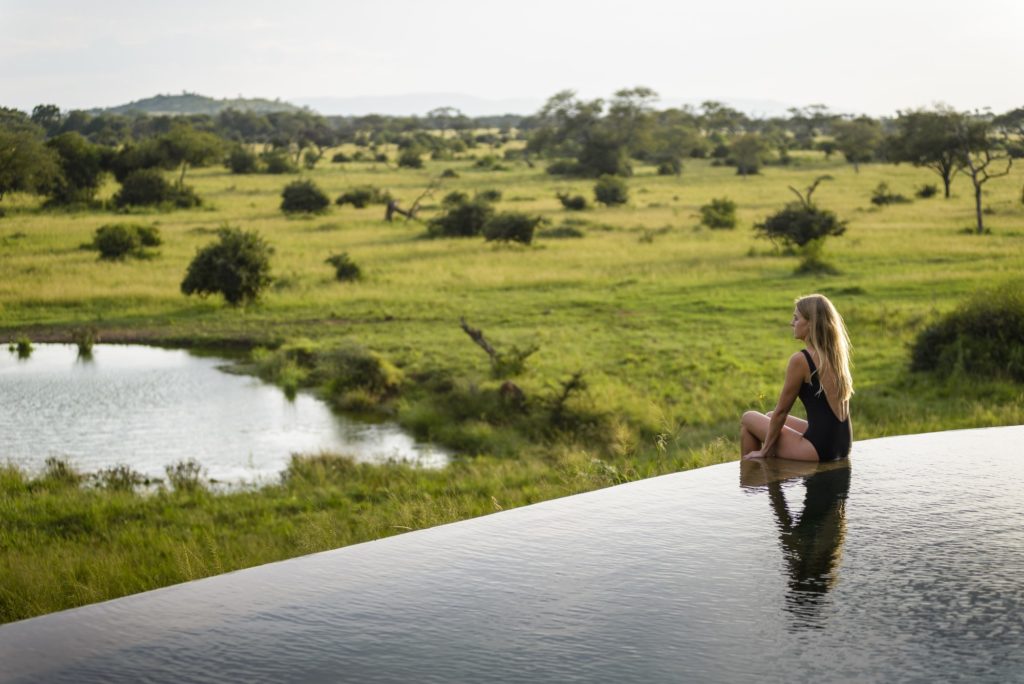
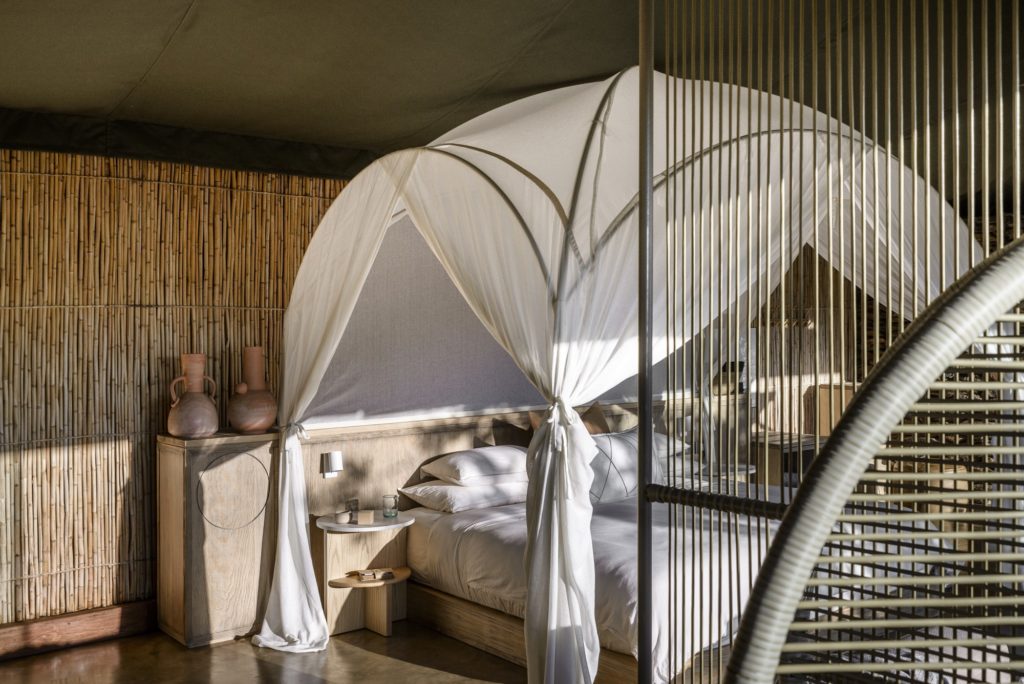
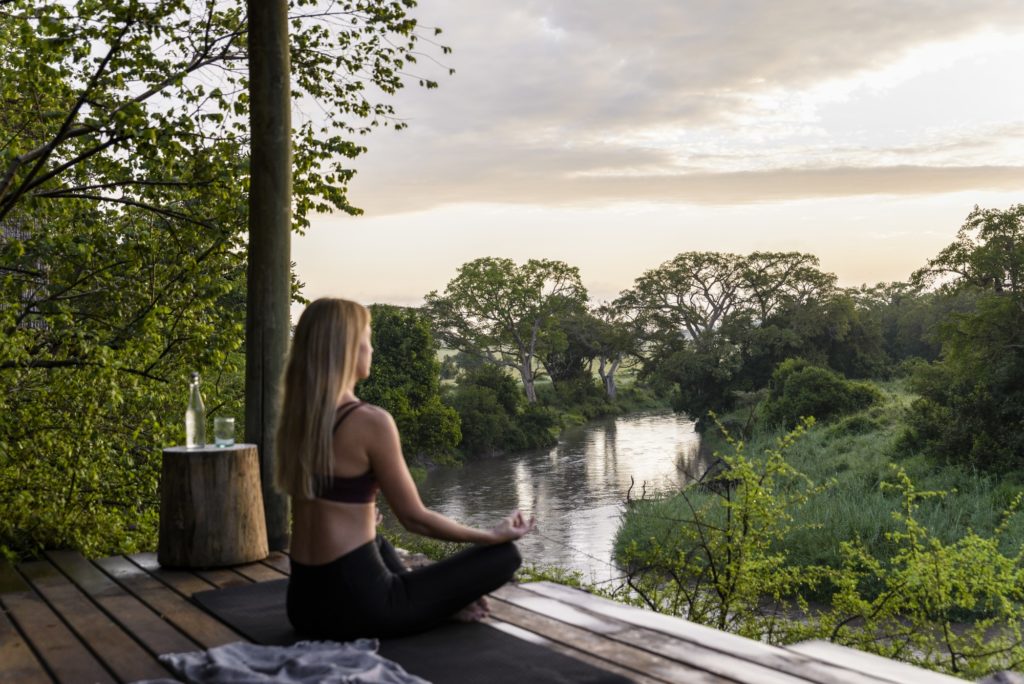

Assuming that a place you stay in the Serengeti is comfortable, the most important thing you are looking for is somewhere that you will see much wildlife from the camp. Faru Faru Lodge is built right beside a watering hole which means that there will be a constant stream of animals coming to quench their thirst. Not content with simply being by a watering hole the river also passes nearby, so while you will spend much of your time exploring outside the lodge, the animals will also come to you and there will always be something to watch from the lodge.
Due to glass walls in as many places as possible the wildlife can be seen from most areas of the lodge.
Imagine sitting out on the veranda, eating delicious food and watching as the wildlife take their drinks only 10m away. Containing only 10 rooms made up of seven suites, one family suite and two bedroom suites, even if completely full and everyone is on the veranda together there is plenty of space. At the end of the veranda, before the cliff, is the swimming pool which means you can bathe in the evening, keeping cool, while looking out as the world goes by.
The lodge itself is built in a simple elegant style, and while much of its art and craft come from Africa, some of its design cues come from Denmark. Due to its design this lodge can safely be used by smaller children.
Sitting in the Grumeti conservation area on the west side of the Serengeti, only people visiting Sasakwa Lodge, Sabora Tented Camp and Faru Faru Lodge can be in the area. As such you will not see the the scrums around exciting sightings that you often see in the Serengeti. There is something extraordinarily satisfying about finding incredible wildlife spectacles and having to share them with no one. The pace of life in this way is slow, and you can enjoy the moment for as long as you wish.
Despite there being few people using this reserve it still covers 500 square miles giving you huge amounts of space to explore and look for wildlife.
Overlooking a watering pool and with a riverbed passing close by, and with windows on all sides, your viewing of the animals can continue as you relax in the camp.
The owner is in residence during certain periods of the year, and given the range of properties that Singita run, it tells you something of how special place this is. Always a challenge in these sorts of lodges, is to find a way of creating an incredible luxury without removing people from the feel of being in the wild, however Faru Faru Lodge has succeeded.
Faru faru lodge is regularly listed as one of the best lodges in Africa
If you are interested in visiting or would like to know, do fill in the form below with any questions you might have. Pricing is below
